Saturday Night Live & American TV
SATURDAY NIGHT LIVE & AMERICAN TV
EDITED BY NICK MARX,
MATT SIENKIEWICZ,
AND RON BECKER

This book is a publication of
Indiana University Press
Office of Scholarly Publishing
Herman B Wells Library 350
1320 E. 10th Street
Bloomington, Indiana 47405 USA
iupress.indiana.edu
Telephone orders 800-842-6796
Fax orders 812-855-7931
2013 by Indiana University Press
All rights reserved
No part of this book may be reproduced or utilized in any form or by any means, electronic or mechanical, including photocopying and recording, or by any information storage and retrieval system, without permission in writing from the publisher. The Association of American University Presses Resolution on Permissions constitutes the only exception to this prohibition.
 The paper used in this publication meets the minimum requirements of the American National Standard for Information SciencesPermanence of Paper for Printed Library Materials, ANSI Z39.48-1992.
The paper used in this publication meets the minimum requirements of the American National Standard for Information SciencesPermanence of Paper for Printed Library Materials, ANSI Z39.48-1992.
Manufactured in the United States of America
Library of Congress Cataloging-in-Publication Data
Saturday night live and American TV / edited by Nick Marx, Matt Sienkiewicz, and Ron Becker.
pages cm
Includes bibliographical references and index.
ISBN 978-0-253-01077-3 (cl : alk. paper) ISBN 978-0-253-01082-7 (pb : alk. paper) ISBN 978-0-253-01090-2 (eb) 1. Saturday night live (Television program) 2. Television programsSocial aspectsUnited States. I. Marx, Nick. II. Sienkiewicz, Matt. III. Becker, Ron.
PN1992.77.S273S22 2013
791.4572dc23
2013022243
1 2 3 4 5 18 17 16 15 14 13
CONTENTS
ACKNOWLEDGMENTS
The editors wish to thank the following for their participation at important stages in the process of assembling this collection: Victoria Johnson, Christine Becker, and Jonathan Gray for their guidance and feedback; our graphic designer, Thomas Sullivan; Jane Kupersmith, Raina Polivka, and Nancy Lightfoot at Indiana University Press; and Jill Jarvis Marx, Marc Loy, Denise McCoskey, and Carrie Benedon for their love and moral support.
Saturday Night Live & American TV

Introduction: Situating Saturday Night Live in American Television Culture
NICK MARX, MATT SIENKIEWICZ, AND RON BECKER
As Saturday Night Live opened its thirty-eighth season in the fall of 2012, the program faced yet another in a long history of transitional moments. In one sense, it was a time of enormous promise. With the presidential election taking center stage in popular discourse, SNL was primed once again to play a lead role in helping the American public understand and enjoy the spectacle of democracy. Just as impersonations of Gerald Ford, Bill Clinton, two George Bushes, Sarah Palin, and a host of other political figures had provided a quadrennial boost to SNLs public profile, there was little doubt that an autumns worth of fun at the expense of Barack Obama, Mitt Romney, Joe Biden, and Paul Ryan would bring new energy to NBCs Saturday night. At the same time, however, the 2012 season brought with it tremendous uncertainty. As had happened so often in the shows history, it would be forced to reinvent itself while simultaneously maintaining decades of tradition.
Gone were two of SNLs brightest lights, Kristen Wiig and Andy Samberg. These departures marked more than a loss of star power for Lorne Michaelss crew. They also put into question the shows very identity. Over the previous decade SNL had rebuilt its brand around two key pillars: an exceptionally strong cast of female comedians and a dynamic engagement with short-form digital comedy. Wiig, the last prominent connection to the days of Tina Fey, represented the former. Samberg, the star of digital shorts such as Lazy Sunday, Dick in a Box, Motherlover, and dozens of other SNL videos gone viral, embodied the latter. SNL successfully negotiated this transition, just as it had weathered the losses of Chevy Chase, John Belushi, Eddie Murphy, Will Ferrell, Amy Poehler, and every other star the program had helped create. For decades SNL had always adapted, transforming its youthful comedic energy into a sense of continuity and a source of profitability. In other words, SNL, with some help from Mitt Romneys stiff personality and Joe Bidens loose tongue, did what it had always done best: it changed by staying the same. New characters took the stage, new stars emerged, and new catchphrases took hold. But it all still happened from Studio 8H, featuring an opening monologue, a mix of live and taped sketches, two songs, Weekend Update, and, of course, the programs opening tagline, Live from New York, its Saturday night!
There is no single media institution that embodies every element of the cultural, technological, political, and aesthetic evolutions embedded in the history of television. However, Saturday Night Live comes as close as any program does. Debuting in October 1975 as NBCs Saturday Night and continuing without interruption for almost forty seasons, SNL offers a unique opportunity for the student, scholar, fan, or viewer to consider one of the great paradoxes of the American broadcasting industry. Television, as much as any business, needs to refresh itself constantly, often by indulging even the most fleeting and idiosyncratic elements of a given moments popular culture. Yet, despite decades of necessarily short-term thinking, a handful of companies have steadfastly remained at the center of American television. Certainly, government regulation and the conservative proclivities of corporate strategy help enable this consistency. Nonetheless, the story of American television centers on the industrys need to balance flexibility and stabilityto put forth apparently fresh ideas every season and adapt to new technologies yet keep the basic structure of the business as predictable as possible. A key premise of this volume is that one productive way to study American television culture is to look closely at a program that embodies this negotiation as much if not more than any other.
SNL was born in the heart of the classic network era, a time during which powerhouses NBC, CBS, and ABC fought to win a bigger piece of what was essentially a three-slice pie. Today, SNL competes with scores of demographically attuned cable channels, the contents of digital video recorders, countless gaming options, Netflixs streaming catalog, and a seemingly endless supply of online video content. And yet, SNL has remained a constant feature in NBCs 11:30 PM Eastern time slot. SNL has certainly changed to accommodate this radically new media environment, incorporating new modes of performance, cultural attitudes, and comedic strategies. Yet in crucial ways, the program has remained the same. Perhaps most obvious is the shows striking structural consistency. Each episode starts with a cold open and faithfully progresses through a series of live sketches, recorded pieces, and musical performances, before ending in that strangely sentimental moment when the cast smiles through the rolling credits, waving goodbye to both the studio audience and the home viewer. But the continuity goes beyond these surface-level consistencies. Despite changing its cast, writing staff, visual style, and comedic sensibility,


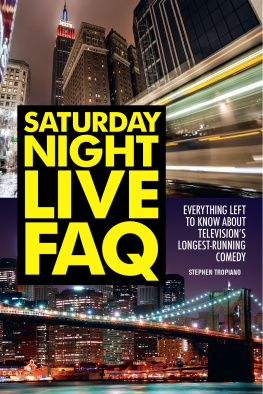
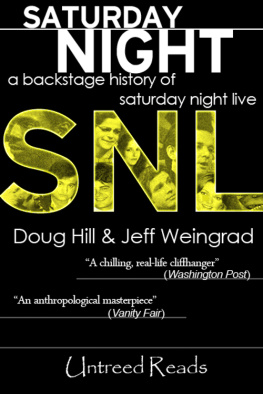
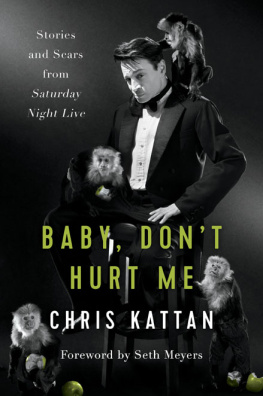
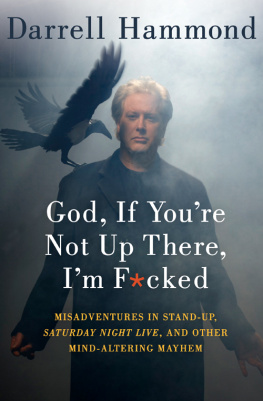

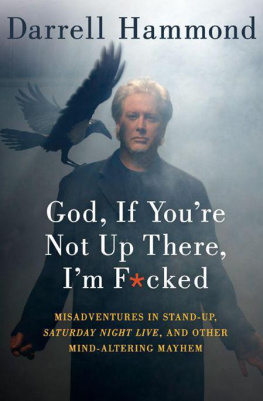
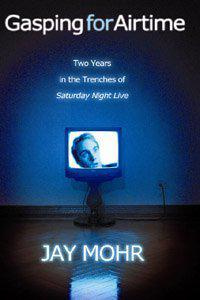
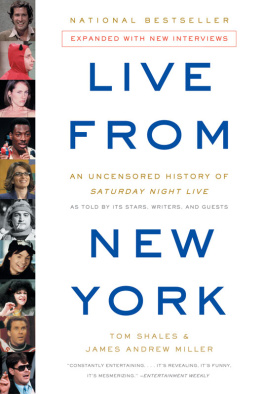
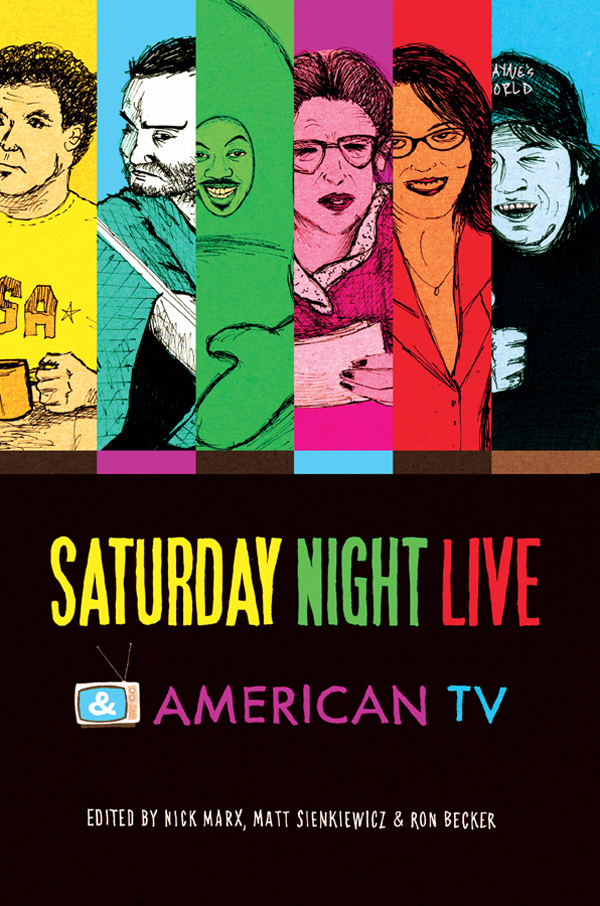

 The paper used in this publication meets the minimum requirements of the American National Standard for Information SciencesPermanence of Paper for Printed Library Materials, ANSI Z39.48-1992.
The paper used in this publication meets the minimum requirements of the American National Standard for Information SciencesPermanence of Paper for Printed Library Materials, ANSI Z39.48-1992.